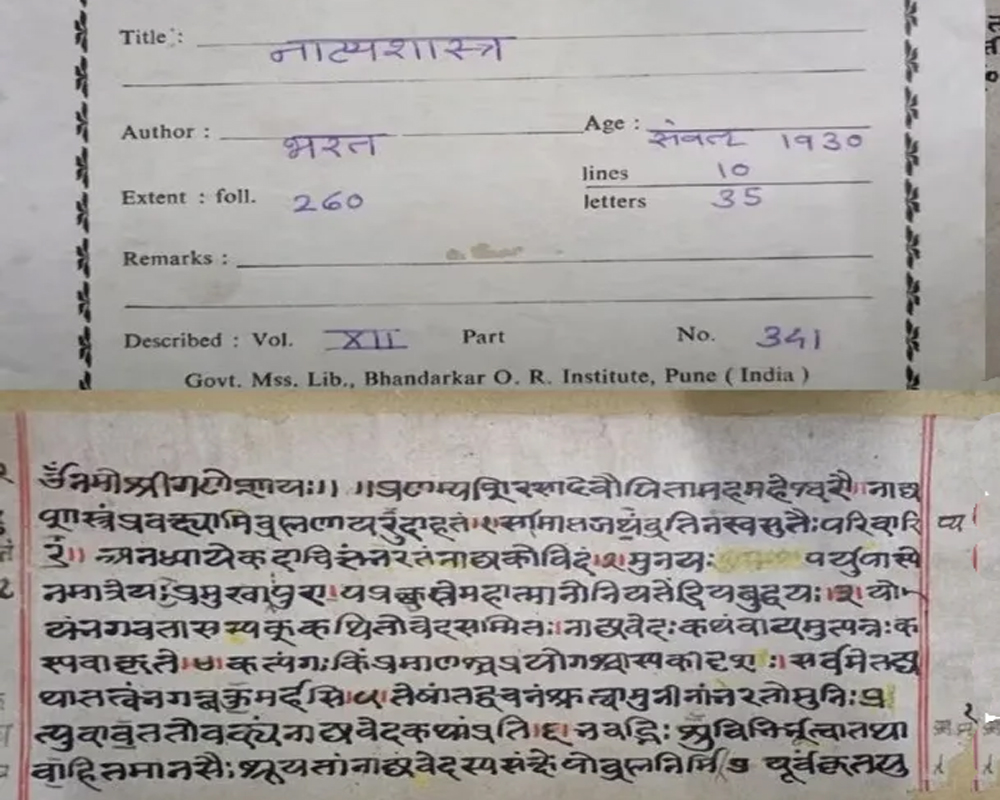In a resounding affirmation of India’s profound cultural and philosophical heritage, the Bhagavad Gita and the Natyashastra have been inscribed in UNESCO’s Memory of the World Register. This prestigious recognition celebrates these ancient texts as documentary heritage of outstanding universal value, ensuring their preservation and accessibility for generations to come.
Prime Minister Narendra Modi hailed this inclusion as “a proud moment for every Indian across the world!”
The UNESCO Memory of the World Register, established in 1992, is an international initiative to safeguard valuable archival holdings, library collections, and individual documents that have global significance. It promotes universal access to documentary heritage and raises awareness of its preservation.
As of 2025, over 400 documents and collections from across the globe have been inscribed in the register.
The UNESCO Memory of the World Register identifies and safeguards significant documentary heritage worldwide. The addition of the Bhagavad Gita and the Natyashastra brings India’s total number of inscriptions on this esteemed list to fourteen, underscoring the nation’s remarkable contributions to global intellectual and artistic traditions.
The Bhagavad Gita: A Timeless Dialogue on Dharma
The Bhagavad Gita, a 700-verse scripture embedded within the epic Mahabharata, is a profound dialogue between Prince Arjuna and Lord Krishna on the eve of a great war. Faced with a moral dilemma, Arjuna seeks guidance from Krishna, whose teachings encompass a wide range of philosophical and spiritual concepts.
The Gita’s enduring wisdom on duty (dharma), selfless action (nishkam karma), devotion (bhakti), and the nature of reality has resonated across centuries and cultures. Its synthesis of various Indian philosophical traditions, including Vedic, Buddhist, Jain, and Samkhya thought, makes it a central text in understanding the evolution of Indian intellectual history. The Bhagavad Gita‘s universal message continues to inspire spiritual seekers and scholars worldwide, with countless translations and interpretations available.
The Natyashastra: The Foundation of Indian Performing Arts
Attributed to the sage Bharata Muni, the Natyashastra is a comprehensive Sanskrit treatise considered the foundational text of Indian performing arts. Believed to have been codified around the 2nd century BCE, this encyclopedic work of approximately 36,000 verses lays down elaborate guidelines for drama (natya), performance (abhinaya), aesthetic experience (rasa), emotions (bhava), music (sangita), and dance.
The Natyashastra provides a detailed framework for all aspects of theatrical presentation, from stage design and actor training to the classification of emotions and the theory of aesthetic appreciation. Its concepts, such as the nine rasas (sentiments), have profoundly influenced not only Indian classical dance and theatre but also literature and other art forms across Asia. The Natyashastra remains an indispensable resource for understanding the rich and complex traditions of Indian performing arts.
The inclusion of the Bhagavad Gita and the Natyashastra in UNESCO’s Memory of the World Register is a momentous occasion.
It signifies a global acknowledgment of the profound and lasting impact of these ancient texts on human thought, culture, and artistic expression.
Their preservation ensures that their wisdom and artistic principles will continue to enrich and inspire generations to come. This recognition is not just a celebration of India’s heritage but a testament to the enduring power of knowledge and art to transcend time and borders.



